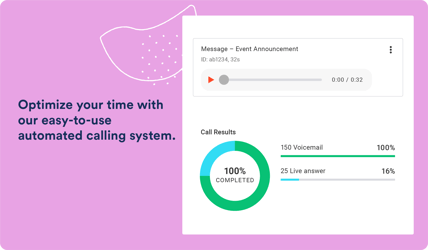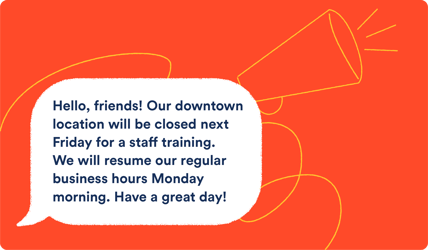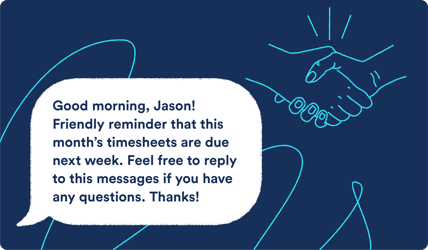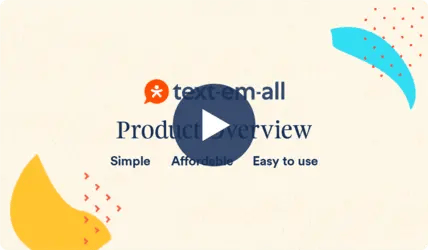
In the last six months, I have fielded more questions about text messaging than ever before. Institutions of all types (public, private, small, large – you name it) are taking the necessary steps to research texting as a viable communication option on their campus. They are learning how to embrace texting rather than rejecting the notion that it may revitalize the way that we are able to communicate. In answering these questions and addressing schools concerns, I have found some commonalities that I think you’ll find to be interesting.
You aren’t the only one.
Owen Phillips from nprED published an article earlier this month discussing ‘How a Text Message Could Revolutionize Student Aid’. In the article he describes the impact that the complexity of the FAFSA form has had on students’ ability to complete it. He also talks about the proposed changes that have been presented that may curb the decline in student’s completing their FAFSA forms. The most important of approaches according to Phillips “plays right into the lifestyles of today's students — text messages.”
All schools are struggling to find a way to engage and motivate students to complete necessary tasks. The harsh reality is that most students are not as self-motivated as we’d like them to be. Whether it’s filling out their FAFSA form or making payment arrangements before a deadline, the highest success rates will be realized at schools that make efforts to remind students and proactively communicate with them.
Phillips shares studies that prove that students that received a text reminding them to renew their FAFSA were more likely to apply as freshmen and continue to their next year. Specifically, researchers at the University of Virginia “found that those students were 5 to 8 percentage points more likely to enroll into a two-year institution compared with a similar group of high school seniors who did not receive the texts.” The data and success stories are all around us!
Why It Matters to You
I passionately believe texting is an incredible communication tool that is being underused and overlooked. The reason why is understandable – texting is a bit more intricate and requires more front-end setup than voice calls or emails. Almost all of the Higher Ed institutions using Call-Em-All currently started with voice calls. After finding success with them, several schools have branched off to include texting as a regular means of communication.
With everything else, texting has its pros and cons. In our White Paper: Automated Text Messaging that we will release later this year, we will dive deeply into a comparison of the different text message types, a detailed explanation of the legalities surrounding text messaging, and best practices.
Icing on the Cake
Phillips also makes a startling realization that, after reading through his theory, seems like a no brainer. He describes a “run with the herd” mentality that parallels the common cliché of ‘keeping up with the Jones’’. The idea is that student’s will mimic what they think other students are doing. Presenting the idea that almost all students complete their FAFSA before the deadlines will increase the percentage of students that actually do it. Knowing that students respond to such reminder, text messages can be crafted to include this “run with the herd” mindset.
The solution to your communication problems may be right in front of you. Taking the time to evaluate whether texting, or any kind of automated communication, will be an effective solution for your schools will be well worth the effort. Recently, West Texas A&M reported having "64% fewer students dropped for non-payment" than the semester before by sending out an automated broadcast.
“[There] could be a simple solution that plays right into the lifestyles of today’s students – text messages.”
Related Blog Posts:












